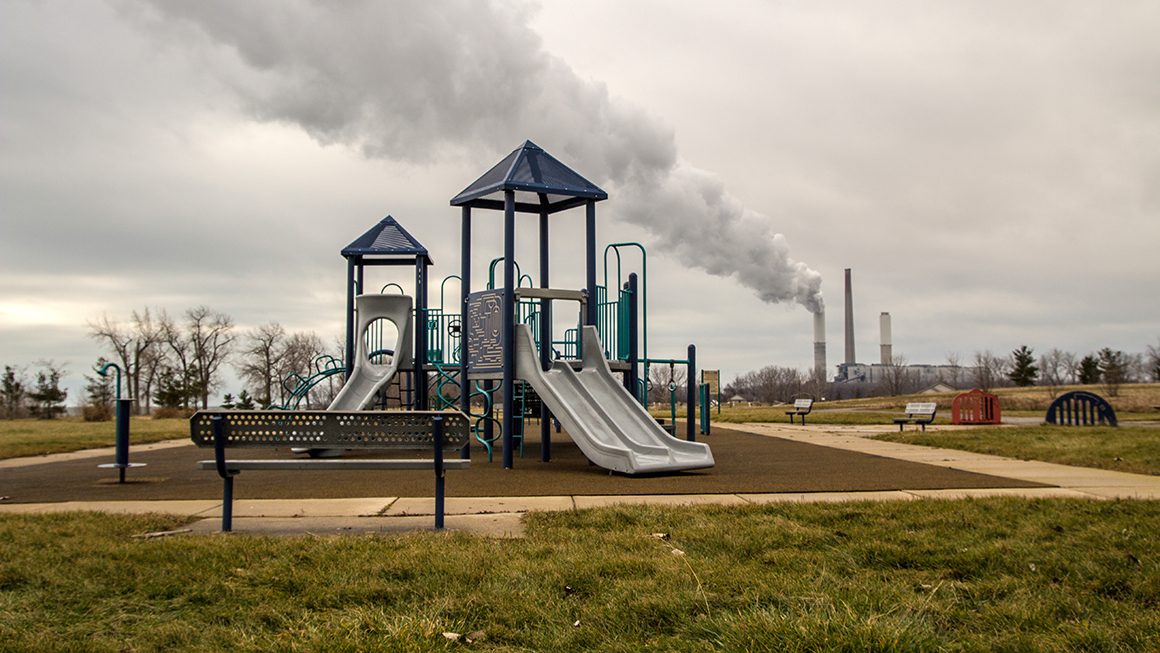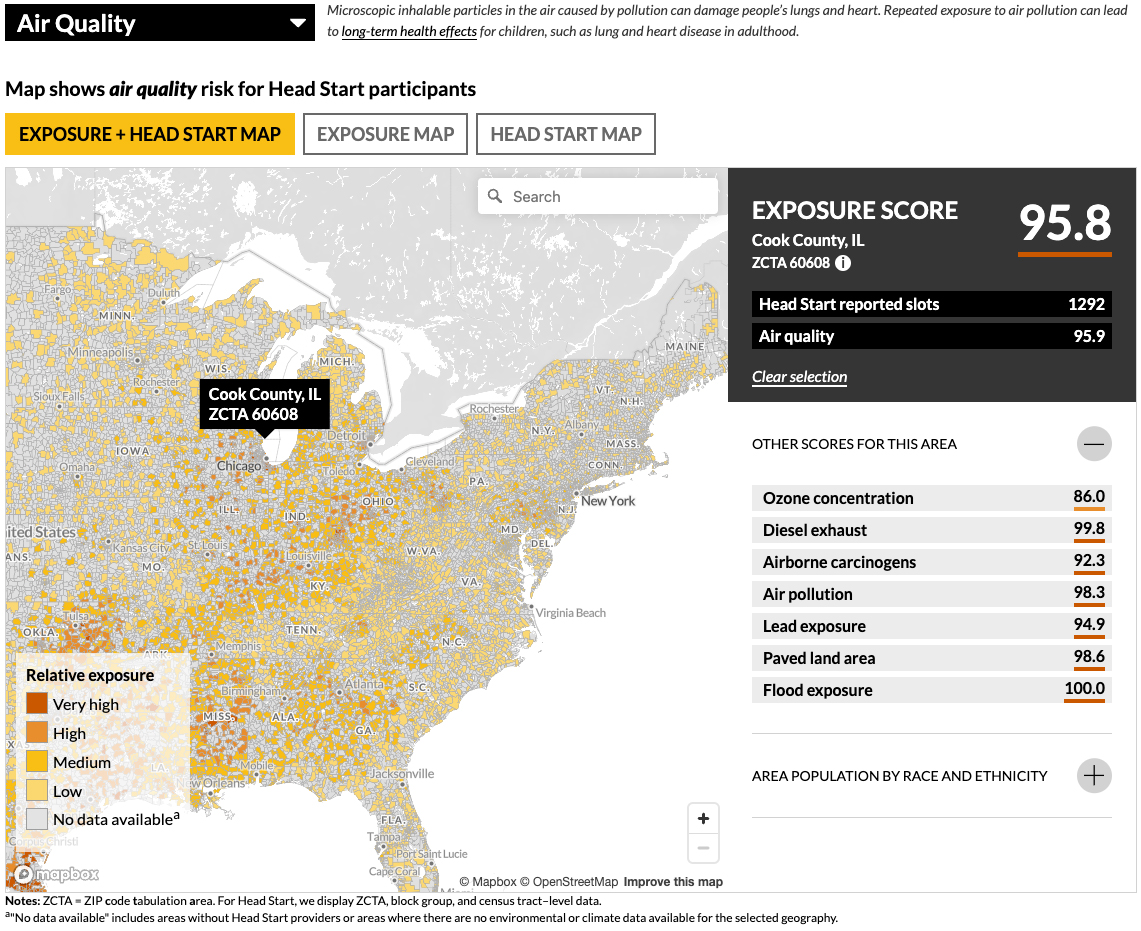
In the coming years, environmental and climate change-related risks will present growing threats to children’s health and well-being, and early childhood education providers will need resources to understand the risks, prepare, and respond.
In particular, Head Start, a federal program administered by the US Department of Health and Human Services (HHS) that serves nearly 1 million children 5 years old or younger annually, has an opportunity to deliver these necessary resources to families with low incomes and their children. However, environmental and climate change issues are not traditionally central to Head Start and early childhood education planning and curricula.
Already, very young children are more vulnerable to negative physical, behavioral, and psychological outcomes from environmental and climate change hazards like air pollution, lead exposure, and extreme heat. Further, many children in Head Start, who are predominately Hispanic, Latine, or Black, are much likelier to experience disproportionate exposure to and harm from environmental and climate change–related hazards because of the ongoing effects of structural racism in environmental and planning policies.
To help Head Start and other providers understand these exposures and take action, we conducted interviews with Head Start providers and other experts in child health, child well-being, and environment and climate issues and collaborated with Head Start staff and the HHS Office of the Assistant Secretary for Planning and Evaluation to identify how these issues affect Head Start populations and develop resources to help program administrators and providers address them.
From our interviews, we heard how environmental and climate change risk information and resources could help Head Start and other early childhood education providers address hazards in their service areas and reduce children’s exposures:
- Understand the environmental and climate hazard exposures families and caregivers are facing to provide the resources staff need to engage with families and inform tailored and sensitive supports.
- Spur additional research to understand community-level climate and environmental risks and how they affect vulnerable early childhood populations.
- Support Head Start program planning and resource allocation for existing and potential environmental and climate change risks, including leveraging environmental and climate data in annual needs assessments.
- Help Head Start programs engage with new and different partners that care about children’s health and well-being in the context of environmental and climate change hazards.
- Provide information to Head Start partner providers, agencies, and organizations about how environmental and climate issues affect their shared work and spur greater collaboration in developing strategies to address them.
- Make the case for local and state health agencies to prioritize and advance environmental and health equity interventions and investments for early childhood populations at disproportionate risk.
- Advocate for children and families to local and state officials on environmental and climate change issues.
- Access funding for both programmatic and brick-and-mortar investments that address and mitigate environmental and climate change-related risks.
To support these activities, we created the Head Start Environmental Exposure Mapping Tool, which maps 10 environmental and climate change–related hazards that pose particular risks to the health and well-being of children with Head Start center location and population information nationwide.

We also created a companion Resource Dashboard that includes fact sheets about the risks to children from environmental and climate hazards, case studies of successful Head Start provider strategies for addressing environmental and climate hazards in their communities, and a searchable library of educational, training, planning, funding, and advocacy resources to support providers and partners in taking action.
The Head Start Environmental Exposure Mapping Tool and Resource Dashboard can be useful for providers in broader, initiative-level planning to help address inequitable exposures to environmental and climate risks in their communities. Providers can use these resources to help center the principles of environmental justice in their actions by prioritizing benefits to populations experiencing the greatest need and collaborating with community populations that are most affected by these threats as equal partners in decisionmaking, planning, implementation, and evaluation.
With October as Head Start Awareness month, we hope early childhood education providers, their partner stakeholders, and policymakers leverage these resources to understand and help address the growing threat of environmental and climate change–related risks to children’s health and well-being.
Let’s build a future where everyone, everywhere has the opportunity and power to thrive
Urban is more determined than ever to partner with changemakers to unlock opportunities that give people across the country a fair shot at reaching their fullest potential. Invest in Urban to power this type of work.